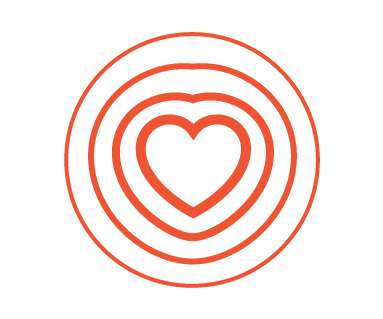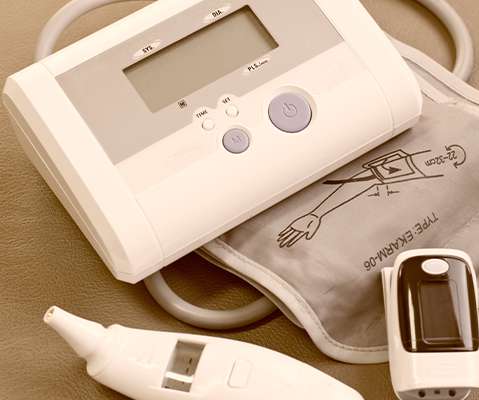The Smartphone Is the Consumer’s Personal Health Platform – Implications from Deloitte’s 2018 Survey
Health Populi
NOVEMBER 15, 2018
Health Populi’s Hot Points: A new study from Weber Shandwick and KRC asked a question that speaks to consumers’ trust and willingness to engage with different sources of health information. They are licensed, trained, and tested for service. Now, his forecast is mainstream.















Let's personalize your content